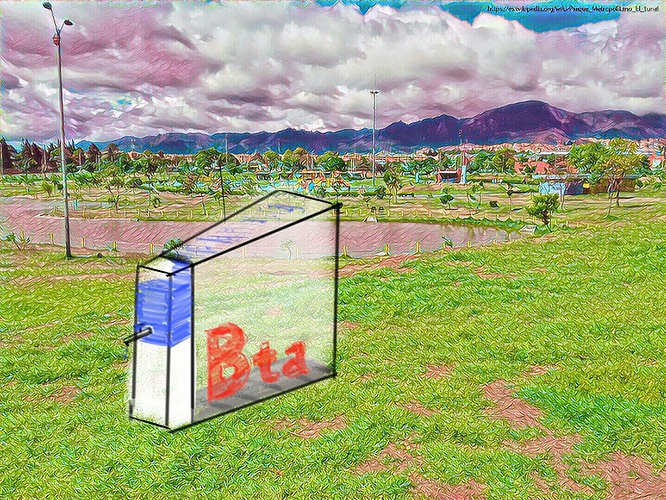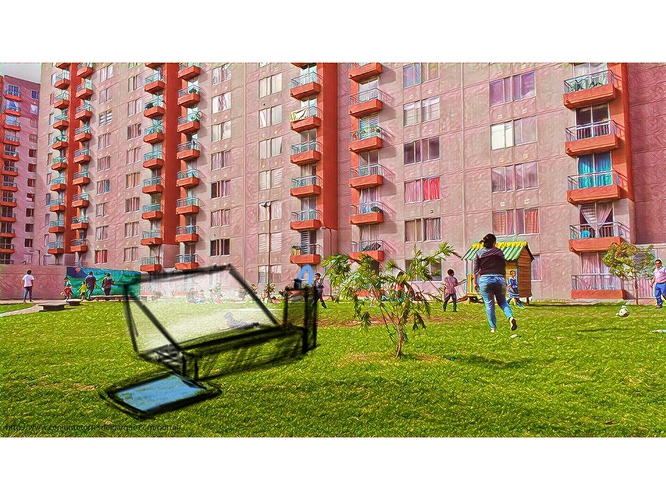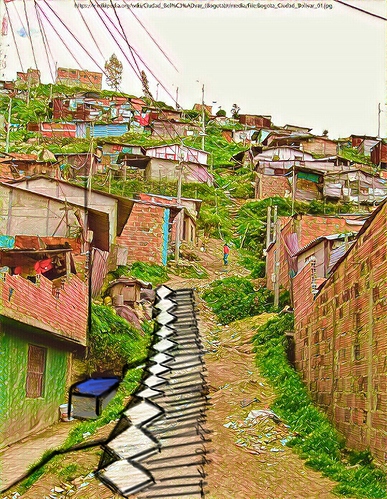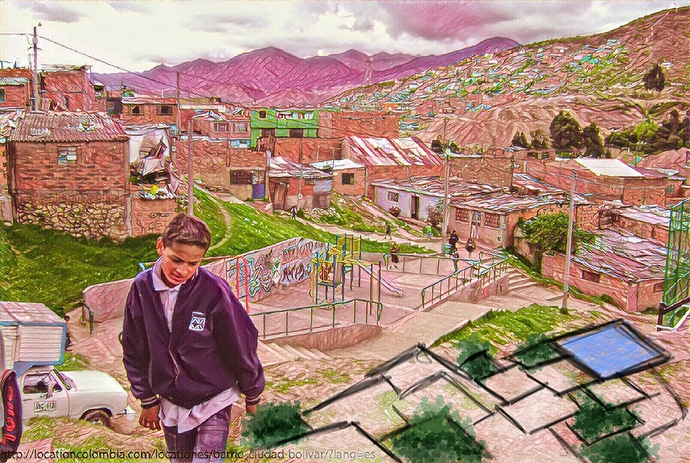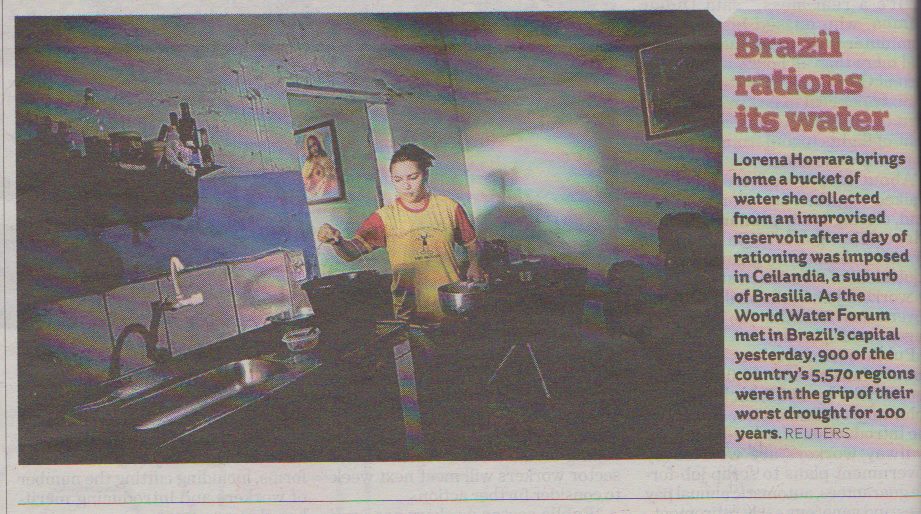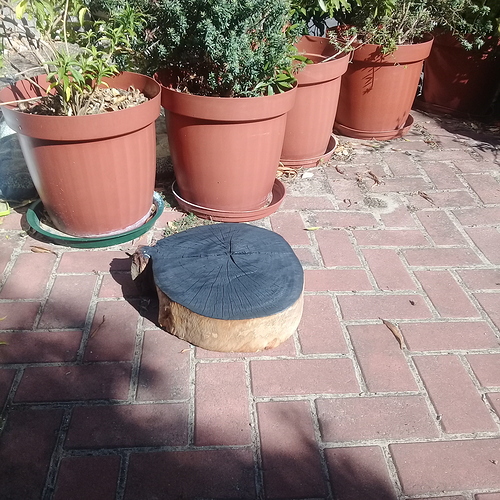This simple low cost design using a slice of a tree trunk could provide low cost purified water to millions of people.
It’s a brilliant biomimetic idea - wood is one of nature’s best drinking straw…developed over millions of years. Tree’s suck up water from the ground and send the water up to the leaves to evapo-transpire in the atmosphere.
This design is based on the brilliant research of Mingwei Zhu, Yiju Li, Guang Chen and Feng Jiang of Nanjing U, Harbin Engineering U, U of Maryland and U of British Columbia respectively, in their 2017 paper: Tree-inspired Design for High-Efficiency Water Extraction.
The great thing about this technology is that it is advanced science but extremely low tech. It can yield an astounding 11 litres of water / hour in the lab and can be used not only to purify water, but extract water right from the earth! For this reason, I have designed two different models to test.
10.1002adma.201704107.pdf (2.5 MB)
Designs covered are:
- unit for manually desalinating seawater or brakish / gray water
- unit for extracting water right from the soil in the ground.
- smallholdings agricutlural application: long aqueduct and channel ocean water to circulate inland. The aqueduct can also be lined with many slices of tree trunks and covered with poly plastic with a channel on the inside to drain the potable water into the surrounding ground for drip irrigation. In drought regions of South Africa near the ocean, pumping ocean water inland a short distance into coastal land can irrigate it.
- simplest low tech emergency model: the simplest model is to put the ocean or brakish water in a tub and place a piece of poly plastic covering with channels for the potable water.
- These units could also be an excellent solution for residential water purification. We will experiment with this in our own ecohome design.
If Day Zero should ever strike, these units could be used in an emergency situation to allow people to draw potable water right from the ground their home is built on. If we can reach theoretical limits of 11 litres of water / m2 / day, that would be more than enough to provide for a family.
In South Africa, the natural species to try is Bluegum. Tests would be required to test Bluegum on land to see what kind of potable water rates we can achieve. Such units could prevent many people from having to go to queues. Experiments need to be conducted to determine rates of water purification for different trees, ring thicknesses and water quality for each country. The bonus for invasive species is that it is exploiting the very property of invasive species to solve the water scarcity problem. So we can solve two problems at once, controlling invasive species, but repurposing the property that makes them so damaging to benefit us instead.
Sketch of unit for purifiying Ocean Water / Gray Water
Sketch of design of unit for extracting potable water directly from soil
Such simple technology may have a profound impact for millions of marginalized people around the globe who do not have access to clean water. Different groups can test different species around the globe to find the optimal solution for their respective country. @RicardoRug can try species in South America, @Qing can suggest colleagues to try different species in China, Innovators in the Middle East, India, Australia, any water stressed city, can experiment to find the optimal sustainably harvested species.
![]()
This work is licensed under a Creative Commons Attribution-ShareAlike 4.0 International License.
